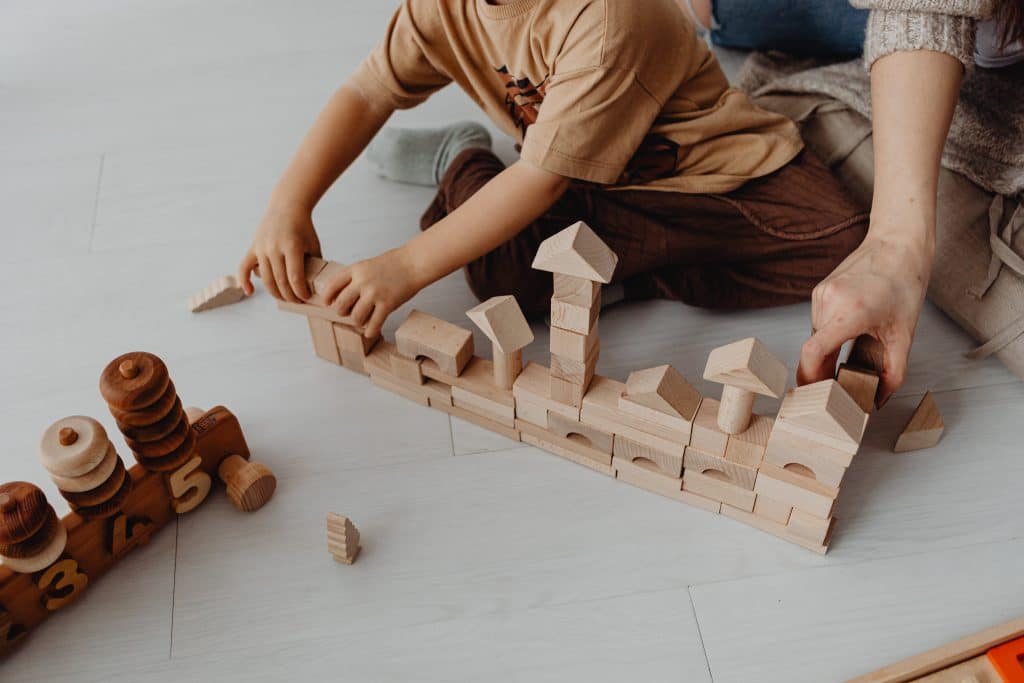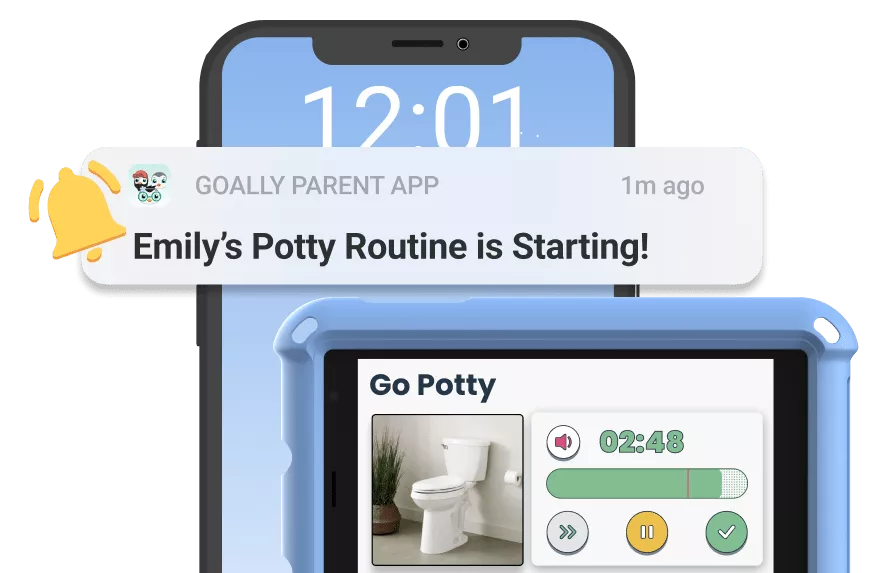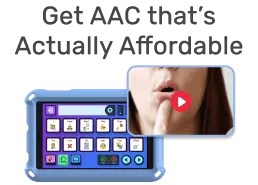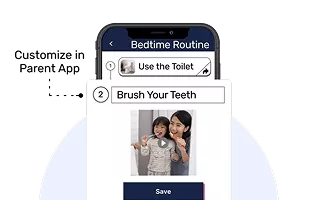Keeping a tidy home can sometimes feel like an endless battle, especially when you have kids. The struggle is real — toys, clothes, and random objects seem to have a life of their own, spreading across the house like wildfire. But with a little organization and some simple strategies, it’s entirely possible to regain control. In this guide, I’ll walk you through how to pick up things and put them where they belong. Whether you’re teaching your kids the value of tidiness or just trying to maintain some order yourself, these steps will make the process manageable and even enjoyable.
Table of Contents
Step 1: Start with a Clear Plan
Before diving in, it’s essential to have a plan. Begin by identifying the areas of your home that need the most attention. This could be the living room, your child’s bedroom, or even the kitchen. Having a specific area in mind will help you focus and avoid feeling overwhelmed. I find that it’s helpful to create a checklist of tasks. For example:
- Identify clutter hotspots
- Sort items into categories
- Assign each category a designated spot
- Involve the kids in the process
This list will serve as your roadmap, guiding you through each stage of the cleanup process. By breaking the task down into smaller, more manageable steps, you’ll find it easier to stay on track and see the progress as you go.

Read more: Teaching Your Kid How to Pick Up Toys
Step 2: Sort and Categorize
Now that you have your plan, it’s time to tackle the clutter. Start by sorting items into categories. This could mean separating toys from books, clothes from electronics, and so on. Sorting helps you see exactly what you have, making it easier to decide what to keep, what to donate, and what to throw away. Plus, it helps prevent the common pitfall of simply moving clutter from one place to another.
For instance, in my experience, involving kids in this step can be surprisingly effective. You might say, “Let’s sort your toys into groups — cars in one pile, dolls in another.” This not only helps them learn about organization but also makes the task feel like a game. And let’s face it, when kids think it’s a game, they’re more likely to participate willingly.
Step 3: Assign a Home for Everything
Once everything is sorted, the next step is to find a designated spot for each category. This is where the magic happens. Having a specific place for everything eliminates the guesswork when it’s time to clean up. It’s much easier for both you and your kids to maintain order when you know exactly where things belong.
Consider using labels or clear storage bins to make it even easier. For example:
| Category | Storage Solution |
|---|---|
| Toys | Labeled bins or baskets |
| Books | Bookshelves |
| Clothes | Drawers or closets |
| Art Supplies | Clear plastic containers |
By doing this, you’re setting yourself up for success. The next time you or your kids need to pick up, it will be a breeze because everything has a home.
Step 4: Make It a Daily Habit
Consistency is key when it comes to keeping a tidy home. The best way to prevent clutter from taking over is to make picking up a daily habit. Set aside a specific time each day for tidying up. It could be right before bedtime or after dinner — whatever works best for your family’s routine.
For instance, I suggest creating a simple cleanup routine that everyone in the family can follow. This might look something like:
- Put away toys after playtime
- Hang up clothes before bed
- Clear the kitchen table after meals
By incorporating these small tasks into your daily routine, you’ll find that the overall mess is much easier to manage. And, when the time comes for a more thorough cleanup, there will be less to do because you’ve been maintaining order all along.
Step 5: Involve the Whole Family
Keeping a home tidy isn’t a one-person job. Involving the whole family not only lightens the load but also teaches your kids valuable life skills. The key is to make the process fun and rewarding.
One strategy I use is to turn cleanup into a game or a challenge. For example, you could set a timer and see how quickly everyone can pick up the living room. Or, you might create a reward system where kids earn points or small treats for helping out. This approach makes cleanup feel less like a chore and more like an opportunity to work together as a team.
Additionally, be sure to praise and encourage your kids’ efforts. Positive reinforcement goes a long way in building good habits. You might say something like, “Great job putting all your toys away! Look how tidy your room is now!” This not only boosts their confidence but also reinforces the behavior you want to see more of.
Step 6: Addressing Challenges Along the Way
Of course, even with the best plans and intentions, challenges will arise. Maybe your kids resist cleaning up, or perhaps you’re struggling to find time in a busy schedule. Don’t worry — these challenges are normal, and there are ways to overcome them.
Firstly, if your kids are reluctant to participate, try to understand their perspective. Sometimes, they may feel overwhelmed by the mess and not know where to start. In these cases, I recommend breaking the task down into smaller, more manageable parts. For instance, instead of saying, “Clean your room,” you might say, “Let’s start by putting away the books.” This makes the task seem less daunting and helps them build momentum.
Secondly, if time is your main challenge, try to find creative ways to fit cleanup into your routine. For example, you could combine cleanup with another activity, like listening to music or having a family chat. This turns the task into a bonding opportunity rather than just another item on the to-do list.

Read more: Teach Your Kid How to Hang Clothes
Step 7: Celebrate Your Success
Finally, it’s important to celebrate your progress. Keeping a home tidy is no small feat, especially with kids in the mix. Take a moment to acknowledge the effort you’ve put in and the improvements you’ve made. This positive reinforcement not only motivates you to keep going but also sets a great example for your kids.
Consider having a small family celebration once you’ve completed a major cleanup task. This could be as simple as a movie night or a special treat. The idea is to recognize and reward the hard work, making the whole process feel worthwhile.

Goally | Best Videos to Teach Life Skills
Give your kid an independent future. Goally has 100+ video classes teaching life skills like “How to Choose a Restaurant,” “How to Interrupt Politely,” and “How to Get Ready for School.”
Goally takes kids on an adventure that includes interactive practice and checkpoints along the way! No web browsers, YouTube, or social media.
By following these steps, you can transform your home from a cluttered chaos into a space of order and calm. The key is to start with a clear plan, sort and categorize your items, and assign a home for everything. Making tidying up a daily habit, involving the whole family, and addressing challenges as they arise will help you maintain this order over time. Remember, keeping a tidy home is a continuous process, but with consistency and teamwork, it’s entirely achievable.
Resources:
FAQs about How to Pick Up Things
How do I motivate my kids to pick up their toys?
Turn cleanup time into a fun game or challenge, such as racing against a timer. Rewarding small efforts with praise or points can also make tidying up more enjoyable for kids.
What’s the best way to organize small items like Legos or art supplies?
Use clear, labeled storage bins to keep small items organized and easily accessible. This method not only makes cleanup easier but also helps kids find what they need quickly.
How can I maintain a tidy home when I’m short on time?
Incorporate quick cleanup sessions into your daily routine, like tidying up for 5 minutes before bed. Consistent small efforts can prevent clutter from piling up and make overall cleaning more manageable.
What should I do if my kids resist picking up their things?
Break the task into smaller steps to make it less overwhelming, like starting with just one section of the room. Offering help and encouragement can also make the process feel more like teamwork than a chore.
How do I keep clutter from taking over my home?
Assign a designated spot for everything in your home, and make it a habit to return items to their places after use. Regularly decluttering and donating unused items can also help keep your space organized.
This post was originally published on 11/27/2023. It was updated on 08/16/2024.

Hennah is an experienced writer and researcher, helping children with autism, ADHD, and other neurodivergent conditions. As a blog contributor for Goally, she combines her deep understanding of neurodiversity with practical advice, offering valuable insights to parents and educators.





